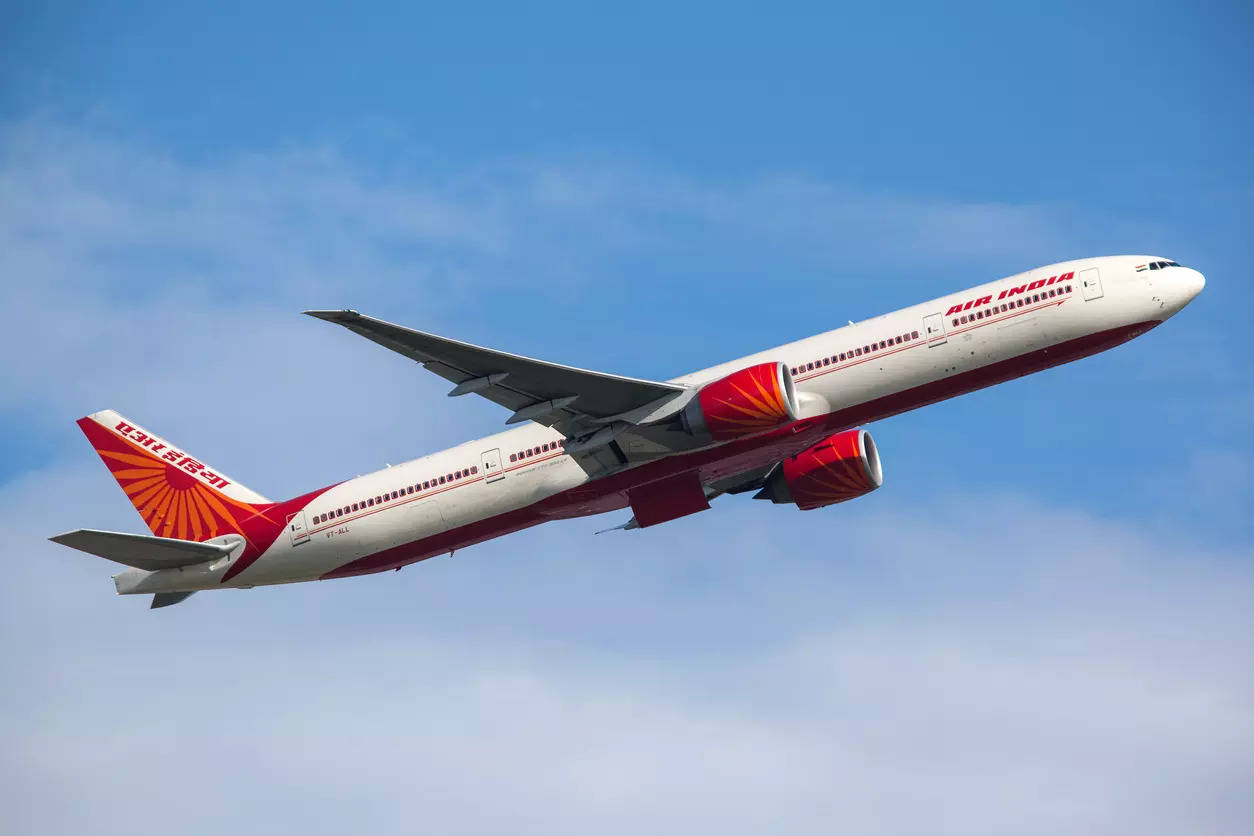
The pillar collapse tragedy at Delhi Airport TI this summer and the subsequent worsening of congestion at IGI’s T3, along with runway capacity constraints at Mumbai Airport, have added to the punctuality woes of Air India.
“As a large hub and spoke operator with multiple domestic and international connections from India’s two largest airports, Mumbai and Delhi, the knock-on impact of airport congestion and air traffic control restrictions at these airports has a greater impact on our operations when compared to point-to-point carriers,” AI said in a statement Sunday.
“Flights departing and arriving at Mumbai have been impacted by runway capacity. In Feb-March, 58 per cent of all delays in Mumbai were caused by these issues. With Mumbai being our second largest hub, with multiple international and domestic connections, the cascading delays to our operations are much greater compared to other domestic carriers,” the AI statement added.
The airline said peak periods at these two main Indian airports remained congested despite airlines being mandated to cut flight scheduling to ease congestion. At Delhi, only a part of the newly built T1 has been made operational for a handful of IndiGo and SpiceJet flights. The collapsed portion first needs to be repaired and possibly strengthened before the entire terminal could be used.
“Air India flies on average over 70,000 passengers every day across the network. This includes over 25,000 international passengers covering over 40 international destinations in 30 countries. Due to Air India’s high volume of connecting passengers as a full-fledged carrier, at times we have to delay multiple flights to accommodate connecting passengers of incoming flights from domestic and/or international destinations,” the airline said.Back with founder Tata Group since Jan 2022, AI says it has “invested significantly in building resilience in its operations by keeping at least 3 to 4 operational spare aircraft and crew at its major hubs in Delhi and Mumbai. These four aircraft include widebody and narrowbody aircraft, which serve as standby in case of sudden disruption affecting on-time performance”.
DGCA data shows Air India’s on-time performance of domestic flights has been better than only SpiceJet and Alliance Air in a majority of the last 12 months. AI’s international flights’ on-time performance also leaves a lot to be desired, say flyers.





